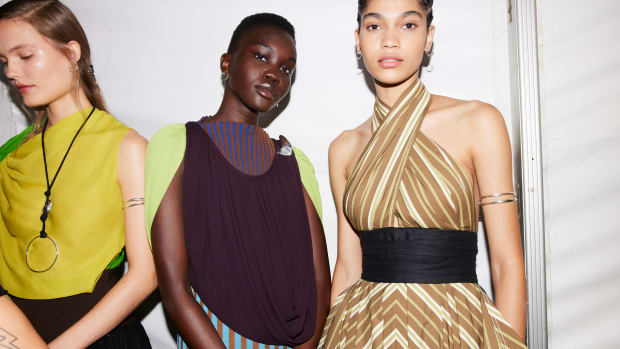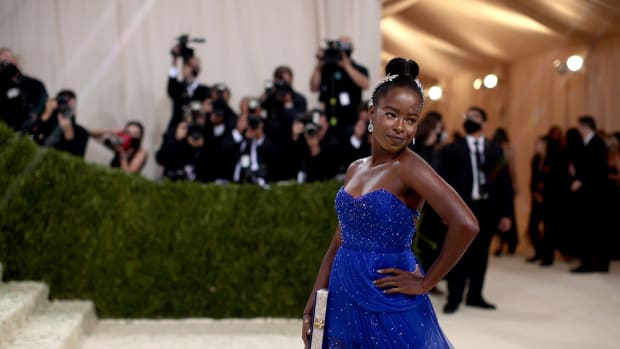Over the past few years, the term "inclusion rider" has gained a lot of attention in Hollywood, thanks to variousinitiatives and big names pushing it to the forefront of the conversation
around representation across the industry, both in front of and behind the camera. Now, the team that brought it to life has its sights set on fashion.
On Thursday, #ChangeFashion, the initiative created by Color Of Change in partnership with IMG and Joan Smalls in 2021, announced an inclusion rider specifically for the fashion industry, developed with the co-authors of the original: Kalpana Kotagal, partner at Cohen Milstein Sellers & Toll; Fanshen Cox, president of TruJuLo Productions; Dr. Tasmin Plater, head of human resources for Endeavor Content.
An inclusion rider is an addendum to a contract that "sets forth a process for hiring to expand and diversify the candidate pool," Kotagal explains, in an e-mail. It "can be adopted by an individual with leverage and used in contract negotiations, or it can be adopted as a hiring policy by a studio, production company, network, etc. In this situation, the inclusion rider would be applied across a whole slate of movies, TV shows, fashion shows and productions to advance equitable hiring practices."
Fashion's inclusion rider will officially be introduced at the In the Blk group show during New York Fashion Week, which is being put on by #ChangeFashion. (This will also be the first event to implement its values in the production.) Amity Paye, senior director of communications for Color Of Change, sees it as "an invitation to artists, modeling agencies, fashion magazines, designers, photographers, stylists and talent to step into their full power as culture makers and take action to ensure the industry is working toward racial justice rather than against it."
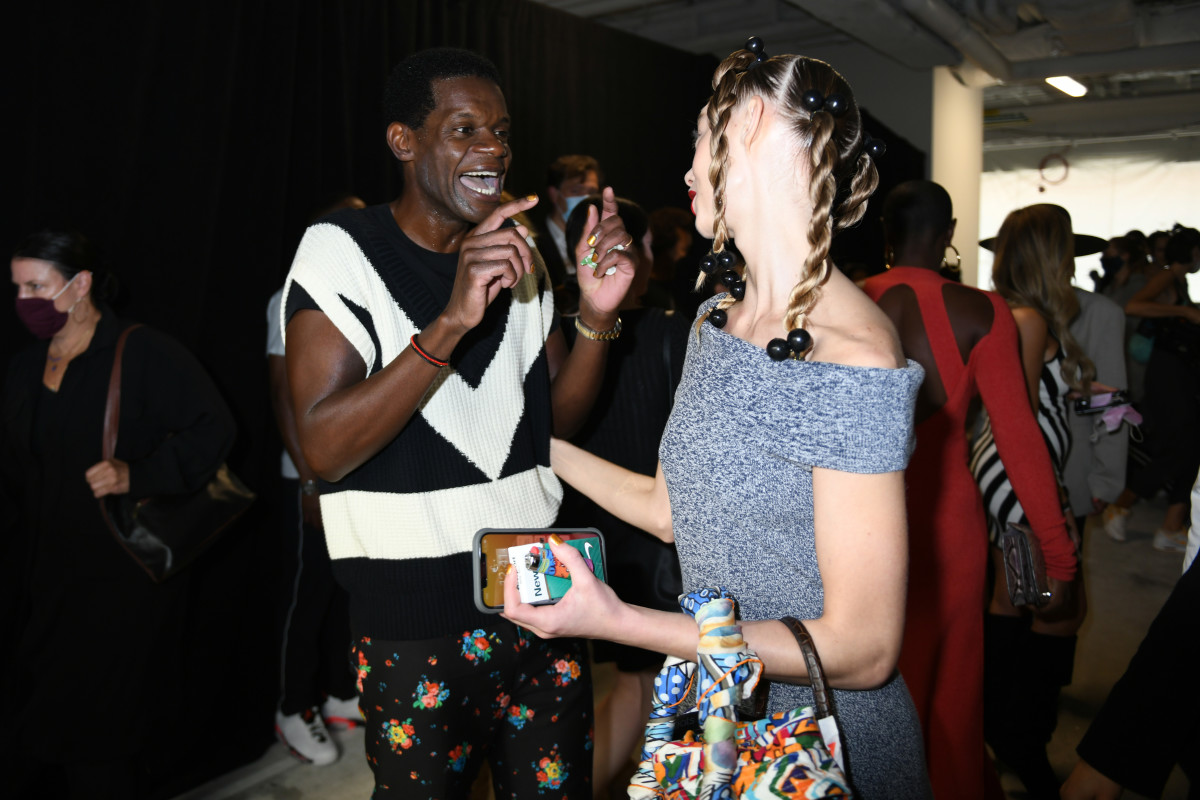
Victor Glemaud's In the Blk will host the first New York Fashion Week show that implements the values of the fashion inclusion rider into the production.
Photo: Jenny Anderson/Getty Images
"When people are left out of the fashion industry at every level, in systemic ways, it has a deep impact on our society," Paye writes, via e-mail. "With the rider, we want to ensure that everyone can thrive in the fashion industry at every level by setting new standards and writing new rules for workplace diversity to drive true equity and inclusion."
The main difference between this inclusion rider and the one used in other industries — namely, Hollywood and music — is that there are specific consideration for the talent involved in making a fashion production come to life, from the models to the stylist, lighting and production teams behind the scenes. There are also acknowledgements of the ways colorism, sizeism and appropriation have historically permeated fashion and impacted hiring practices.
"The fashion rider reflects engagement and ongoing work with IMG and industry experts, and is tailored to the way fashion week works, starting with that initial conversation between designer, producer and casting director to envision the show," Kotagal says. "Principles of diversity, equity and inclusion and an intersectional lens inform the process for casting models — go-sees, digital comp cards, and other efforts to actively expand the pool of potential models — and the process for hiring behind the scenes in makeup and hair, lighting and other production jobs."
Romola Ratnam, SVP of social impact at Endeavor, has been working on the inclusion rider on the entertainment side of the company's business. (In addition to IMG and IMG Models, Endeavor owns The Wall Group and WME, among other properties that span various industries.) She was brought on to help develop the one for fashion, while bringing in learnings from having worked on this document on the entertainment side.
"Whether it be a fashion show or a shoot or a TV show or a movie, you see what's on screen or on the runway and you more or less can tell whether [the production] is diverse or not," Ratnam tells Fashionista, on a call. "We became really interested in what's happening behind that, because we know that it's such a large amount of people that go in behind the scenes: crew, lighting, set design, security, hair, makeup — these are all really important jobs that ultimately make up the ecosystem of the fashion industry. We also know that, when a lot of major fashion and media companies are reporting their diversity numbers, those critical roles behind the scenes are being left out because you're not recording your contract workers."
"These are really important jobs. These union jobs, they're what we traditionally call middle class, blue collar jobs; jobs that you don't need a formal education for, jobs that you could be formerly incarcerated and still apply for," she continues. "These are jobs that really set people up for stable, middle class lives that could break intergenerational cycles of poverty. And this is something that no one in the industry is really thinking about and accounting for."
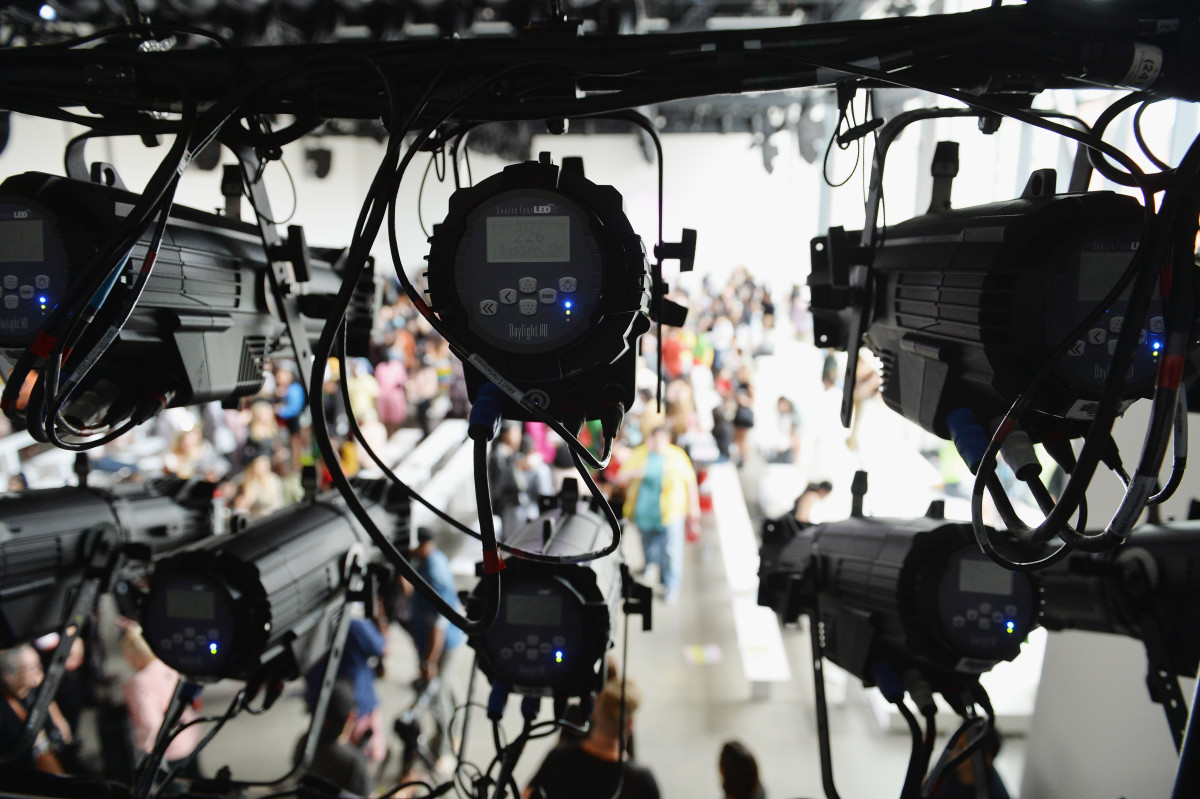
Fashion's inclusion rider aims to achieve more equitable hiring practices across all aspects of production, from casting to lighting to security.
Photo: Noam Galai/Getty Images
Recommended Articles
For an inclusion rider to be successful, Kotagal argues, the parties involved need to consider "four key elements": "a commitment to deepening and diversifying hiring pools; establishing benchmarks for improving diversity of representation through hiring qualified people; collecting and measuring applicant and hiring data; and adopting meaningful accountability measures that contribute to improving representation moving forward."
"It's not enough to adopt the inclusion rider without a clear commitment to properly implementing it," she says. "Engaging with it as a tool takes time, hard work and detail-orientation, and reflects a commitment to the longer process of making hiring practices more equitable. This is what it takes to change the status quo."
The tracking and quantifying of efforts are especially crucial here — as Paye says, the inclusion rider "puts data behind diversity." It's not necessarily about hitting every goal every single time (though, certainly, that's what they hope to do in the long-term), but rather about being able to identify specific areas for improvement and following up on that progress.
"So you're doing all this stuff, and let's say you don't hit your numbers — it's okay in the first few years, we don't expect that everybody's going to be able to," says Ratnam. "But it's important that you invest in fixing the problem, that you're saying, 'Okay, we fell short on lighting. Is there an organization that helps people transition into the fashion industry if they're great lighters in the entertainment industry?' Whatever these things are, you're going and saying, 'What are the solutions to this?' And you're actually dedicating time and resources and support to these organizations that are fixing the problem that you found."
Right now, IMG's implementing the inclusion rider through its production arm, Focus. That means that brands that hire IMG Focus will have the opportunity to simply opt into it on any project they work on. The template, however, will be released publicly, so that, beyond fashion week, folks that occupy different roles in the industry can attach to contracts on different projects — like if a designer goes to a production company to put on an event, or if a model is talking to a brand about starring in a campaign.
"You can adjust it to what's important to you, and things like accountability — you can demand a dollar amount. You can change that depending on your negotiation," says Ratnam.
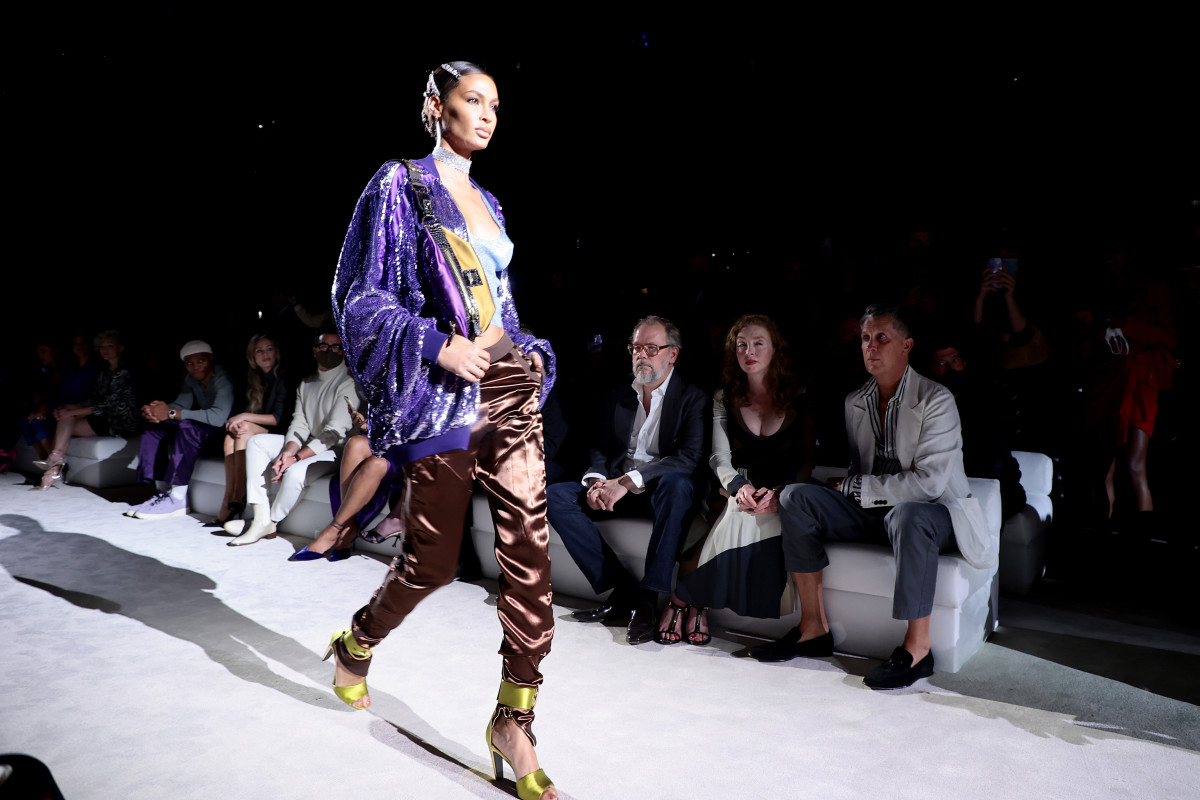
Joan Smalls, who's signed to IMG Models, launched #ChangeFashion with IMG and Color of Change in 2021.
Photo: Dimitrios Kambouris/Getty Images
Crucially, what IMG Focus is hoping to offer is a blueprint for an inclusion rider at work in fashion.
"For next season, in September, we're going to release a guide for how anybody can use the inclusion rider, because our goal is to make it completely open source," says Ratnam, noting that it'll be similar to the implementation tool kit for Hollywood studios available on inclusionrider.org, which Endeavor also wrote, addressing things as minute as language around certain questions, surveys for collecting data and organizations that can help sort through resumes. "What we want to do is take all the hard work we did to make this possible at a company like ours, and make sure that anybody at any company can use it as an example."
The publishing of the fashion inclusion rider is one step in the larger roadmap towards necessary systemic change in the industry. So it's important to get as many people on board as possible.
"The fashion industry is notorious for using Black culture and style to build business and sell products — this is not embracing representation or inclusion, especially when those leading the work lack diversity," writes Kotagal. "By properly implementing and engaging with the inclusion rider, the fashion industry has an opportunity to be reflective and supportive of the people and cultures that it gets its inspiration from. As a woman of color myself and someone who has loved fashion, having the fashion industry expand its frame to include people who look like me and so many others is personally deeply gratifying."
You can find the fashion inclusion rider online at inclusionrider.org/fashion.
Want the latest fashion industry news first? Sign up for our daily newsletter.

